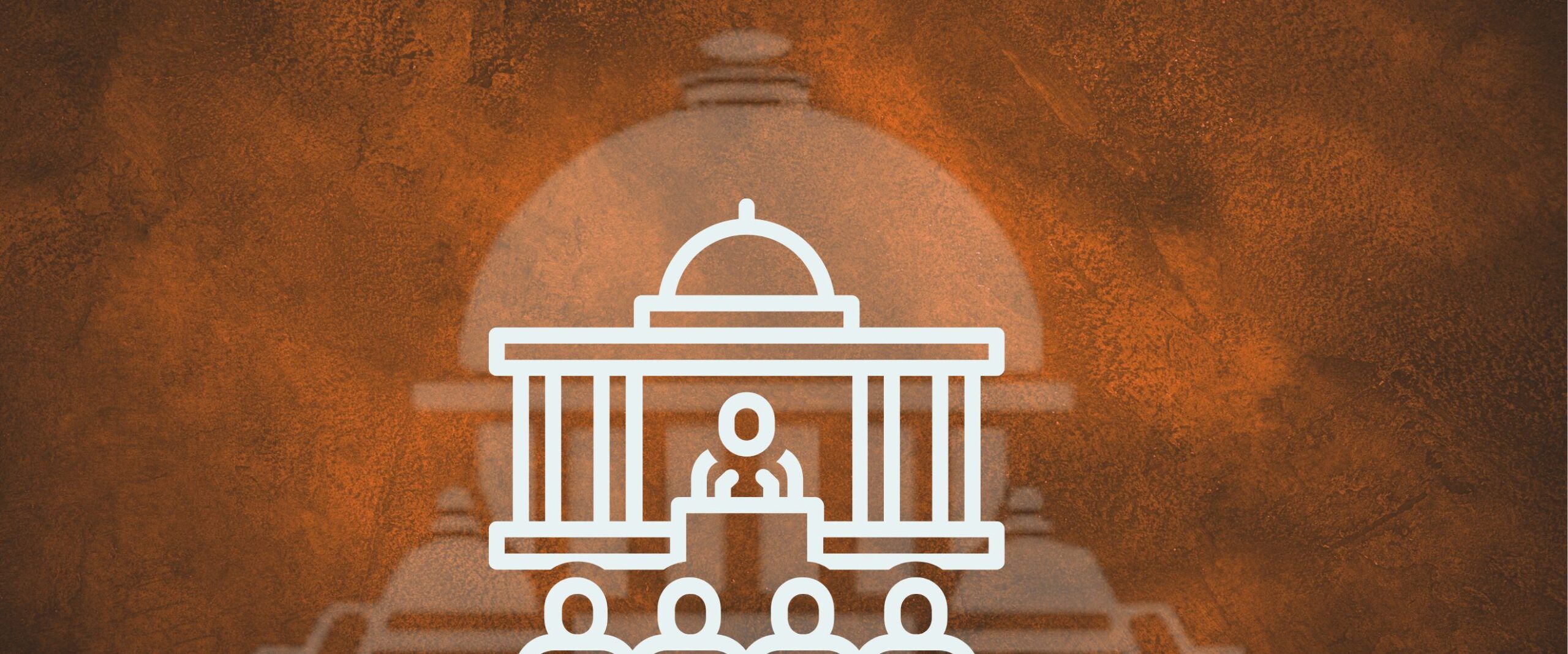Analysis
‘Operation successful, patient alive’
By stipulating a timeline for the Speaker to rule on defection petitions, the Court went beyond ‘Shiv Sena’. Could it have gone further?

On Thursday, the Supreme Court directed the Speaker of the Telangana Legislative Assembly to decide, within three months, on disqualification petitions concerning 10 members from the Bharat Rashtra Samiti (BRS) party. The Court reiterated that the Speaker acts as a Tribunal in adjudicatory proceedings. He does not enjoy the immunity provided to an officer under Article 212 for “regulating procedure or the conduct of business, or for maintaining order” in the House.
The 10 members defected from the BRS after the election results were announced in December 2023. Disqualification petitions were filed, but the Speaker, who belongs to the ruling Congress party, didn’t take any action. A single-judge Bench of the Telangana High Court asked the Speaker to fix a hearing within four weeks. A Division Bench reversed the order.
The anti-defection law was added to the Constitution as the Tenth Schedule in 1985. The Congress had won 401 seats in the Lok Sabha the previous year, riding on a wave of sympathy in the wake of Indira Gandhi’s assassination. The government had introduced the Amendment to maintain stability.
Since then, the Supreme Court has been called on several times to determine how long the Speaker can sit on disqualification petitions. A key legal principle in this context is that of quia timet, which refers to action taken to prevent future harm or injury. The party that seeks to compel the Speaker to take up the disqualification petition deploys the doctrine to argue that the Court can review a Speaker’s non-action, too.
In Kihoto Hollohan v Zachillhu (1992), however, the Court held that judicial review was not available before the Speaker took a call, effectively ruling out quia timet actions. But that decision didn’t say anything about the timeline within which a Speaker must act. In practice, Speakers let defection petitions languish until the end of the Assembly’s term. Noticing this, the Court changed tracks. In fact, in Rajendra Singh Rana v Swami Prasad Maurya (2007), the Court stepped into the Speaker’s shoes and disqualified MLAs in Uttar Pradesh.
In Keisham Meghachandra Singh v Speaker, Manipur Legislative Assembly (2020), the Court reinterpreted Kihoto Hollohan to say that the bar on quia timet actions applied only to judicial orders preventing the Speaker from acting, not to orders that compel a timely decision. In the present case, the Court followed the precedent of Keisham Meghachandra but didn’t go as far as Rajendra Singh Rana. It concluded that Kihoto Hollohan “did not, in any manner, interdict judicial review in aid of the Speaker arriving at a prompt decision as to disqualification…”
The Court also relied on Subhash Desai v Principal Secretary, Governor of Maharashtra (the Shiv Sena anti-defection case), where it had said that the Speaker must decide petitions within a reasonable period. It justified its choice not to take matters into its own hands by noting that the line of decisions from Kihoto Hollohon to Subhash Desai “consistently hold” the Speaker to be the authority at the first instance.
In the same breath, however, the Bench suggested that Parliament consider the prudence of entrusting the Speaker or Chairman with the task of deciding disqualification petitions. It noted that its three-month stipulation was to counter the criticism of “operation successful, patient died,” a clear reference to some of the commentaries that followed its verdict in the Shiv Sena case.
My colleague V. Venkatesan, who covered the Judgement on Thursday, told me that a counsel had commended the Bench for ensuring the “patient was not dead.” Indeed, the verdict represents a step forward from the amorphous “reasonable period” formulation in Subhash Desai. But does it go far enough?
The petitions have been pending before the Telangana Speaker for 16 months. Granting three more months to render a decision that is likely to be judicially challenged risks further stretching out the timeline for a conclusive decision. The patient is not dead, yes, but it feels as though they haven’t regained consciousness post-surgery.
This article was first featured in SCO’s Weekly newsletter. Sign up now!